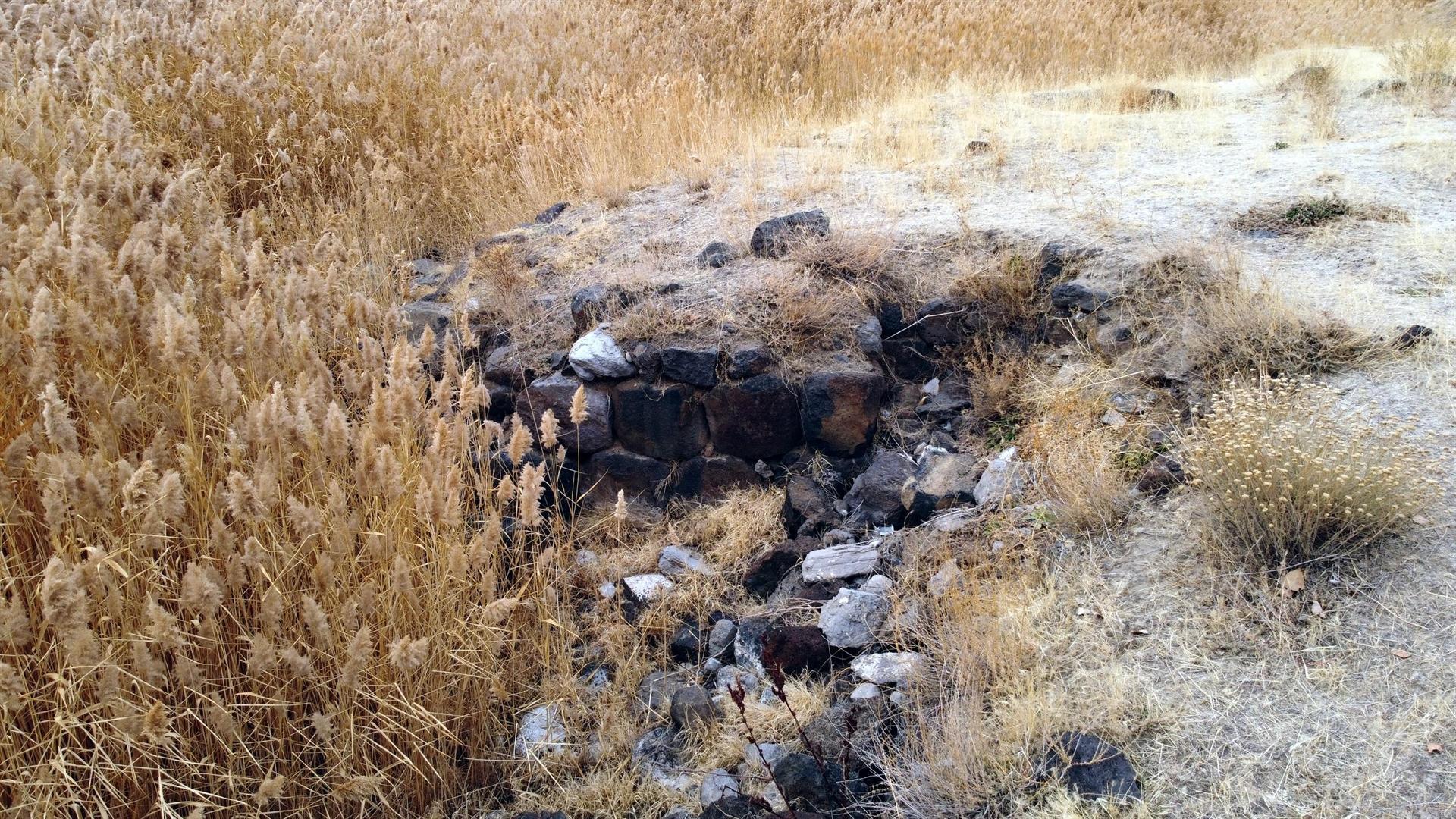Lake withdrawal reveals ancient port
VAN

With the withdrawal of Lake Van, which is located in the province of Van’s Erciş District, the ruins of a port from the Urartu era have come to light.
A distance of approximately 50 meters between the waters of Lake Van and the ruins of the old port has been reported.
The noticeable decrease in the water level of Lake Van has brought some historical and natural remains to the surface in the Erciş District over the recent years.
With the withdrawal of the lake, Erciş Castle, apart from some other ruins, was also unearthed in the area where the waters from the Deliçay creek poured into Lake Van, some 10 kilometers east of the district. It also revealed microbialites, which are rock-like structures similar to the reefs in appearance but are entirely made of millions of microbes.
The recent remains uncovered in the area are believed to belong to a port that existed in the Urartu period approximately 2,750 years ago.
The Urartian settlement, which originated in 1000s B.C. and was erased from the history scene by the Assyrians, had carried out reconstruction activities throughout the Eastern Anatolia region, including their capital in Van, known as Tuşba in the past.
Urartians, who also attached importance to sea transportation, built various ports in Lake Van. One of these ports is known as Deliçay Port.
A 60-year-olf photographer, Ferzende Coşar, who wanted to see the ruins while taking photographs in the region, said, “I have been photographing in this region for many years. I came across a port built with large stones while taking photographs at the castle. These are the living settlements of the Urartians.”
“With the withdrawal of Lake Van, the port and historical ruins began to emerge. It would be more appropriate to conduct research about this place,” Coşar added.
















